

— Products —
 Consumer hotline +8618073152920
Consumer hotline +8618073152920 WhatsApp:+8615367865107
Address:Room 102, District D, Houhu Industrial Park, Yuelu District, Changsha City, Hunan Province, China
All products
Farming weather station, also known as an agricultural weather station or agro-meteorological station, is specifically designed to monitor weather and environmental conditions relevant to agricultural activities.Here are some key features and benefits of farming weather stations:
Tel/WhatsApp:+8615367865107
Email:Arvin@niubol.com +Nearly 100 partner companies in more than 68 countries. We are committed to providing high-quality, practical products to meet your needs and help you solve problems. Our products comply with international standards and are certified with ISO, CE and RoHS.Product Details
Farming Weather Station ( Agriculture Weather Station ) is a meteorological observation equipment specially applied in the field of agricultural production, which is used to monitor and record meteorological parameters that are closely related to agricultural production. It combines a variety of modern scientific and technological means such as Internet of Things (IoT) technology, wireless communication sensors, etc. They usually include a series of sensors for measuring meteorological sensors such as air temperature sensors, humidity sensors, wind speed sensors, wind direction sensors, snow sensors, precipitation sensors, etc., as well as soil sensors such as soil temperature sensors and soil moisture sensors. It realizes automatic monitoring of air temperature, humidity, soil moisture, soil temperature, wind speed, wind direction, rainfall, light intensity and other conventional meteorological elements.
| Measured | Measuring range | Resolution | Precision |
| Humidity | 0~100%RH | 0.1%RH | ±0.5℃ |
| Temperature | -40~80℃ | 0.1℃ | ±5%RH |
| Atmospheric pressure | 10~1200hPa | 0.1hPa | ±1.5hPa |
| Soil temperature | -40~80℃ | 0.1℃ | ±0.5℃ |
| Soil Humidity (moisture) | 0-100%RH | 0.1%RH | ±5%RH |
| Conductivity | 0-10000us/cm | 1us/cm | ±5% |
| Wind speed | 0~70m/s | 0.1m/s | ±(0.3+0.03V)m/s |
| wind direction | 0~360° | - | ±3° |
| Illuminance | 0-200000Lux | - | ±7% |
| Rainfall | 0-4mm/min | 0.2mm | ±4% |
| Solar radiation | 0~2000W/m2 | - | ≤5% |
| CO2 | 0~2000ppm | 1ppm | ±7% |
| Supply mode | 220V | DC12-24V | solar power optional |
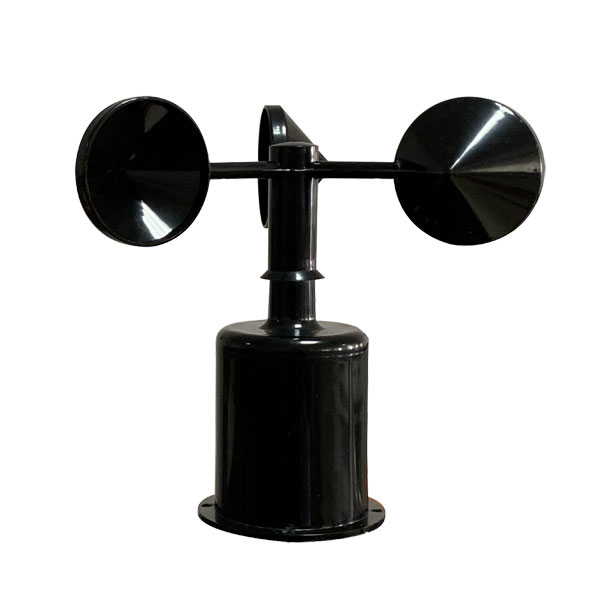 | 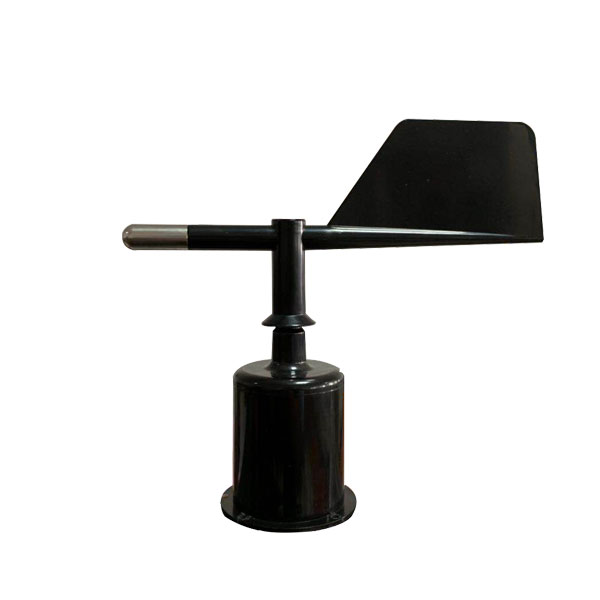 | 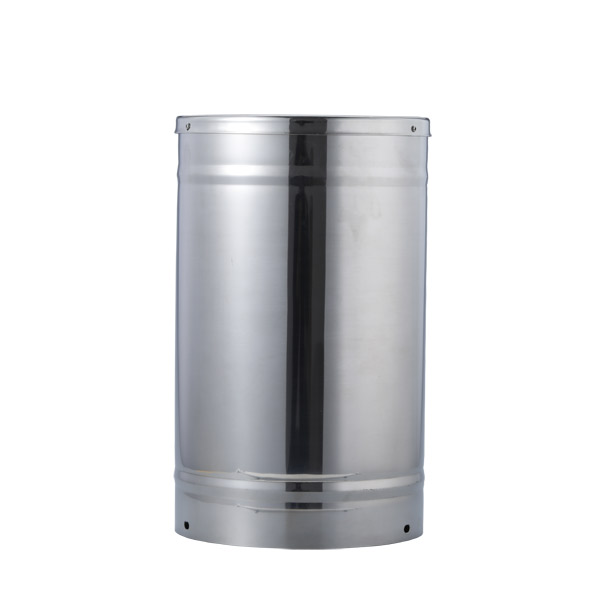 | 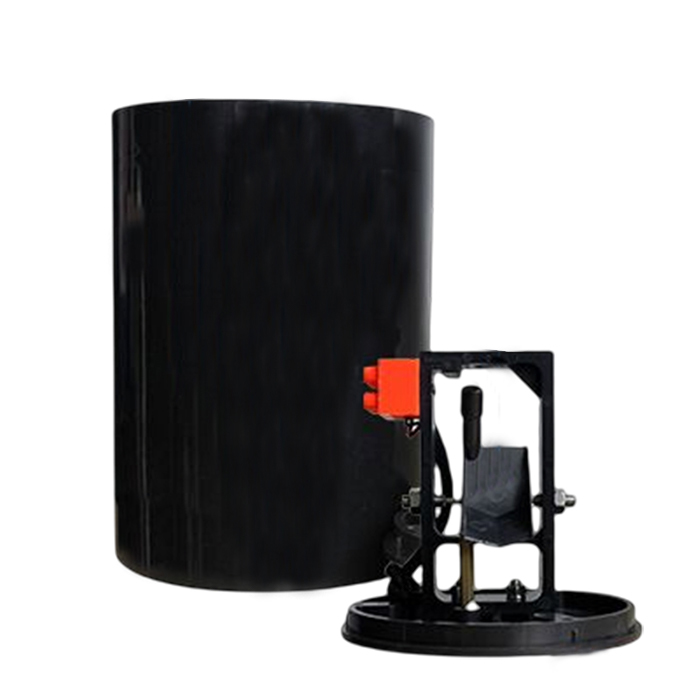 | 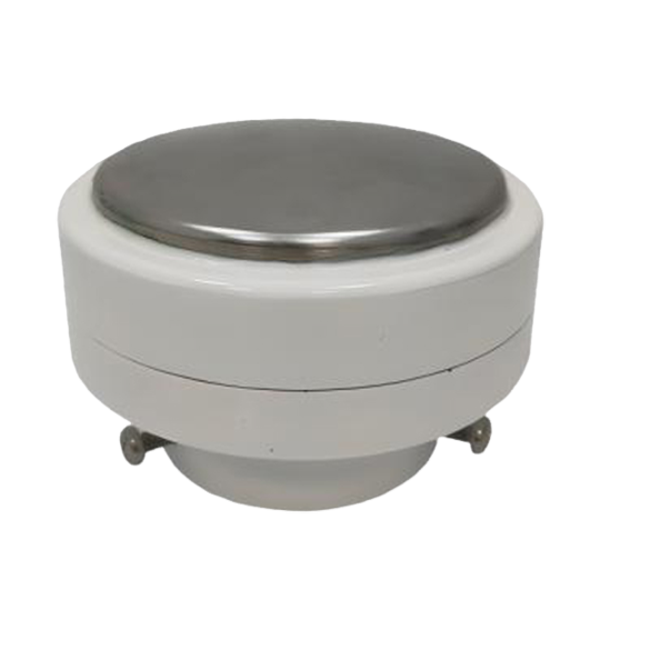 |
| Anemometer Wind Speed sensor | Wind direction sensor | Tipping bucket rain gauge sensor | Tipping bucket rain gauge sensor | Piezoelectric Rain Gauge |
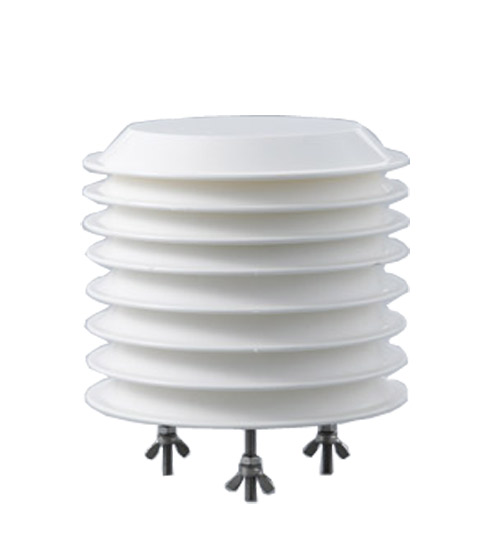 | 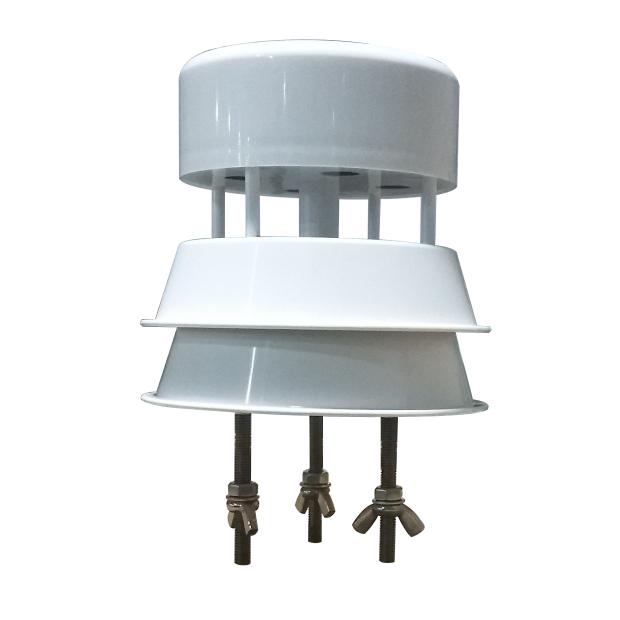 | 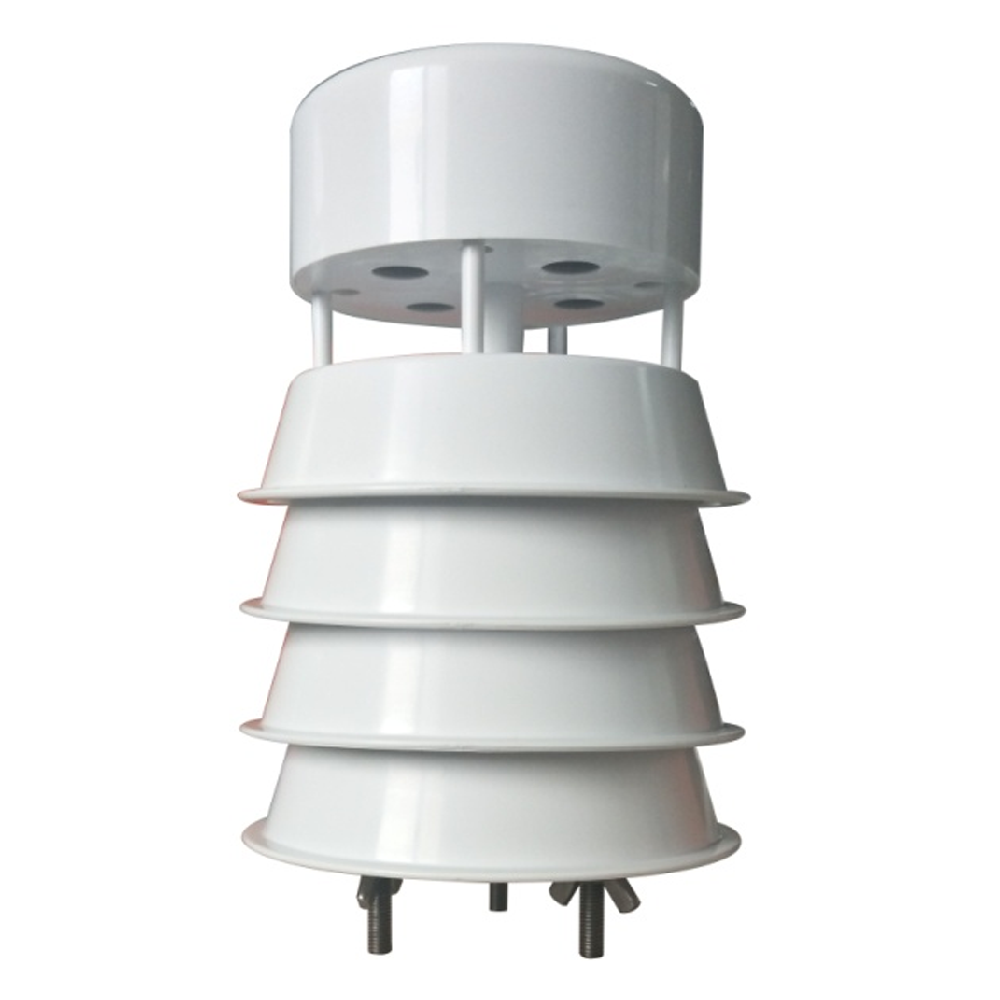 | 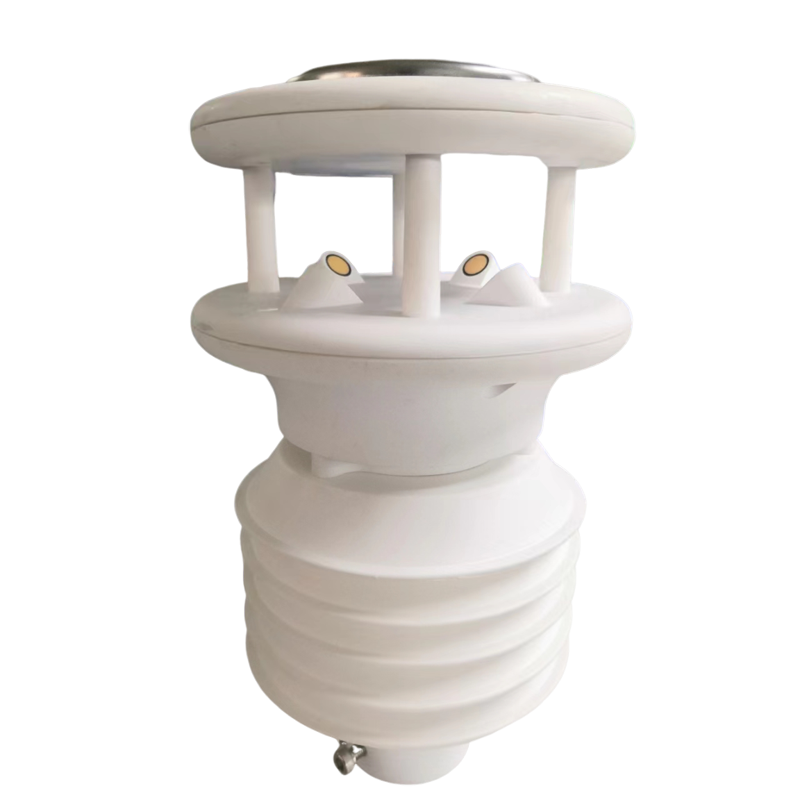 | 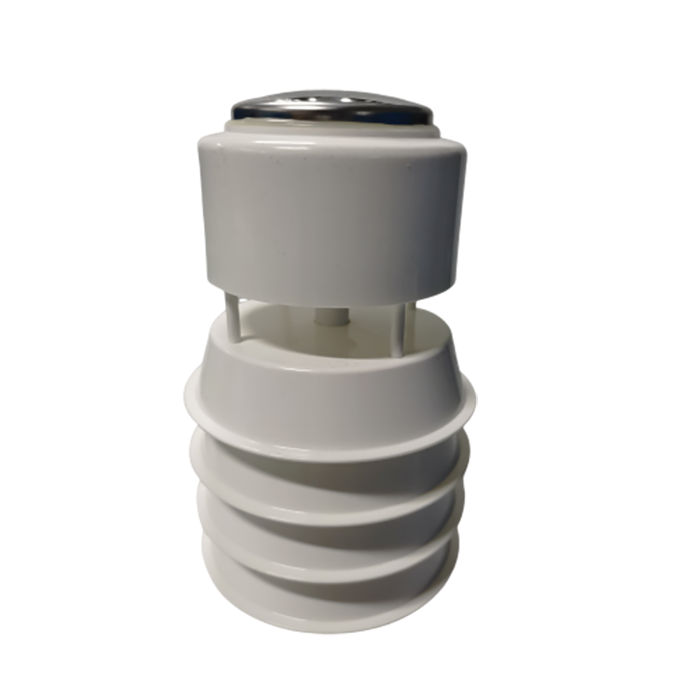 |
| Atmospheric Temperature Humidity air pressure Sensor | ultrasonic wind speed and direction sensor | 5 in1 Ultrasonic Weather Station Sensor | All-in-One Weather Station | 7 in1 Ultrasonic Weather Station Sensor |
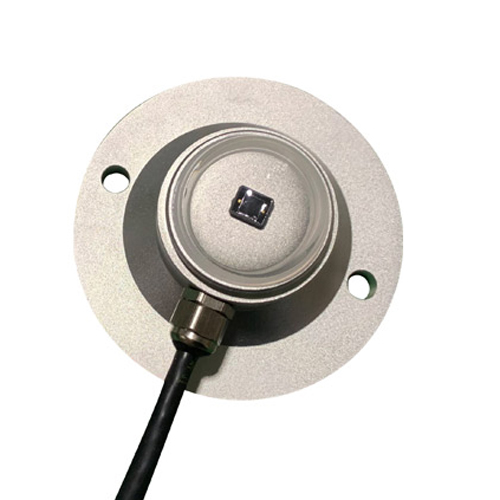 | 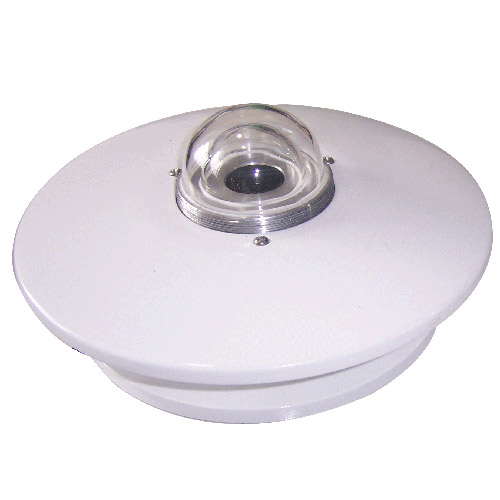 | 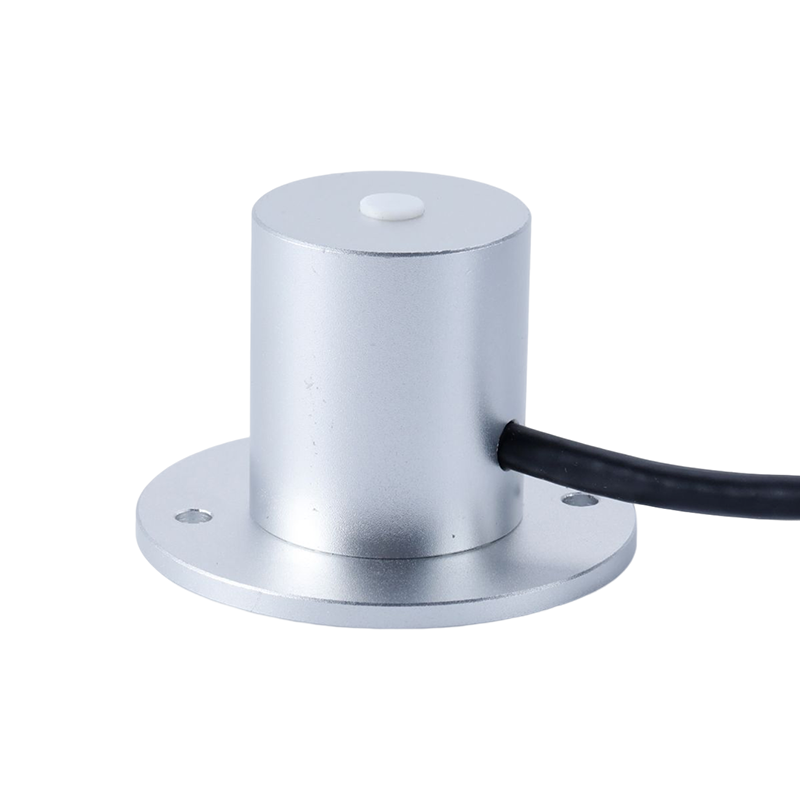 | 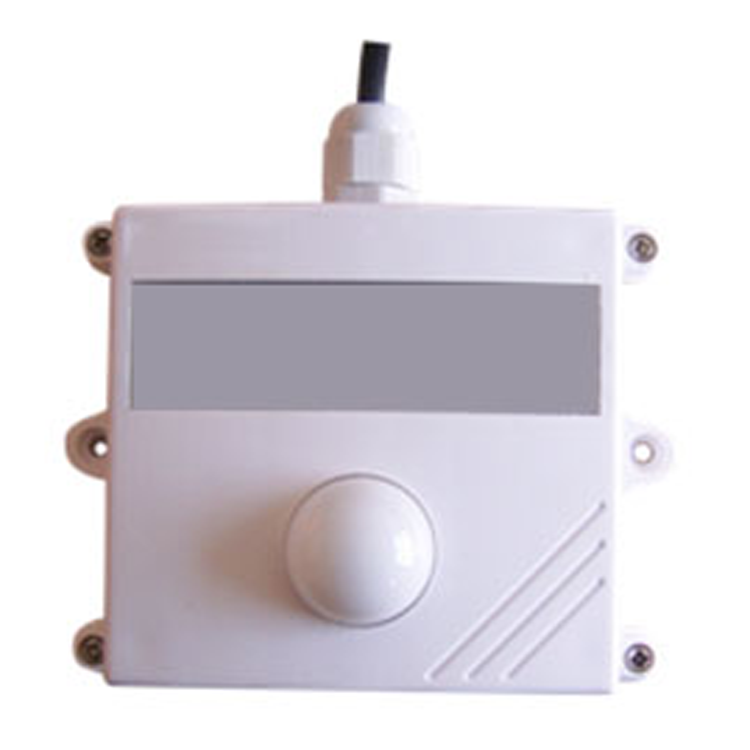 | 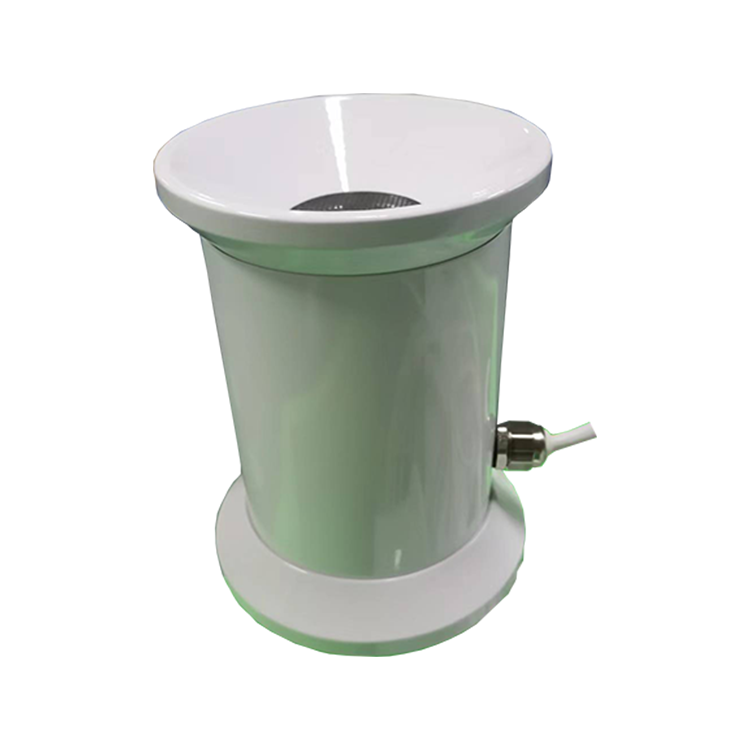 |
| Solar Radiation Sensor | Solar Radiation Sensor | Photosynthetically Active Radiation Sensor; | illumination sensor | Ultrasonic Snow Depth Sensor |
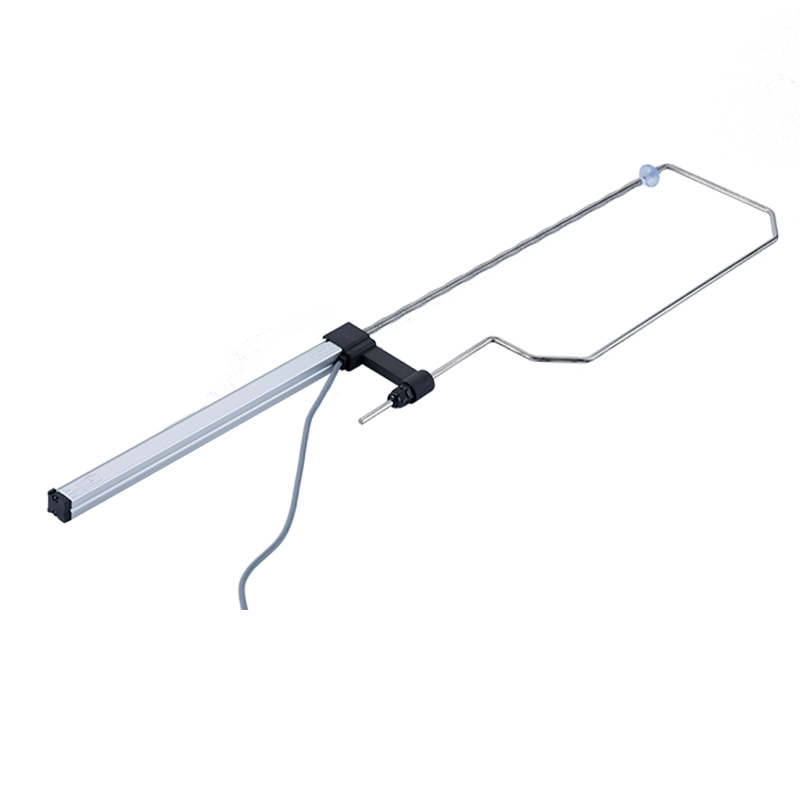 | 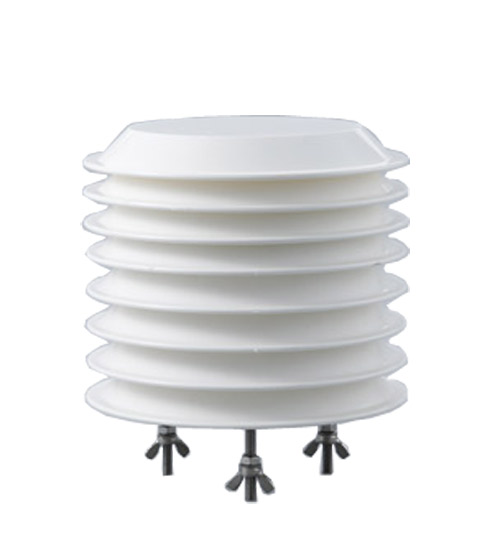 | 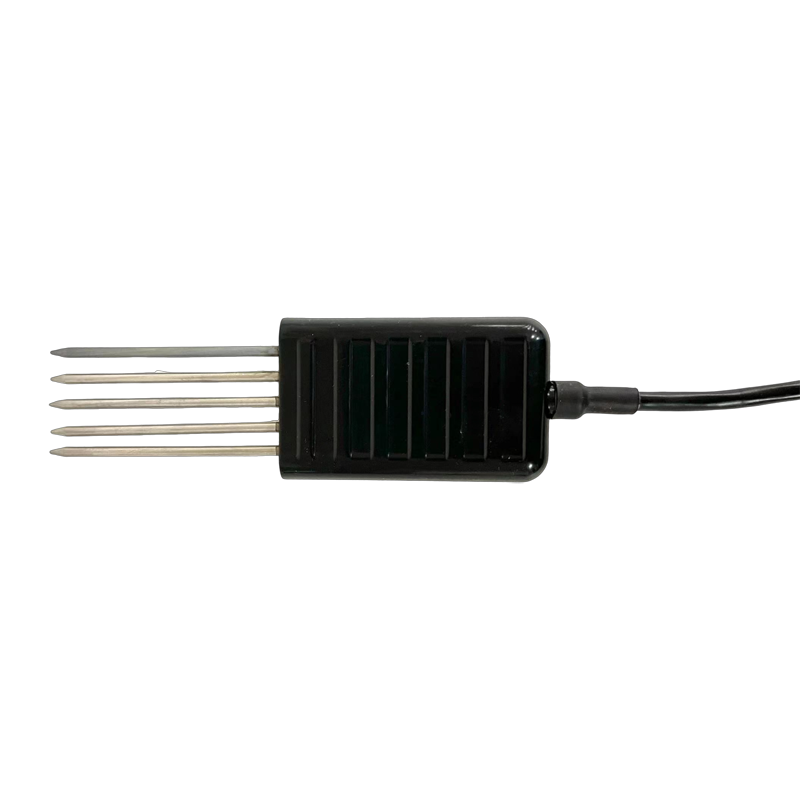 | 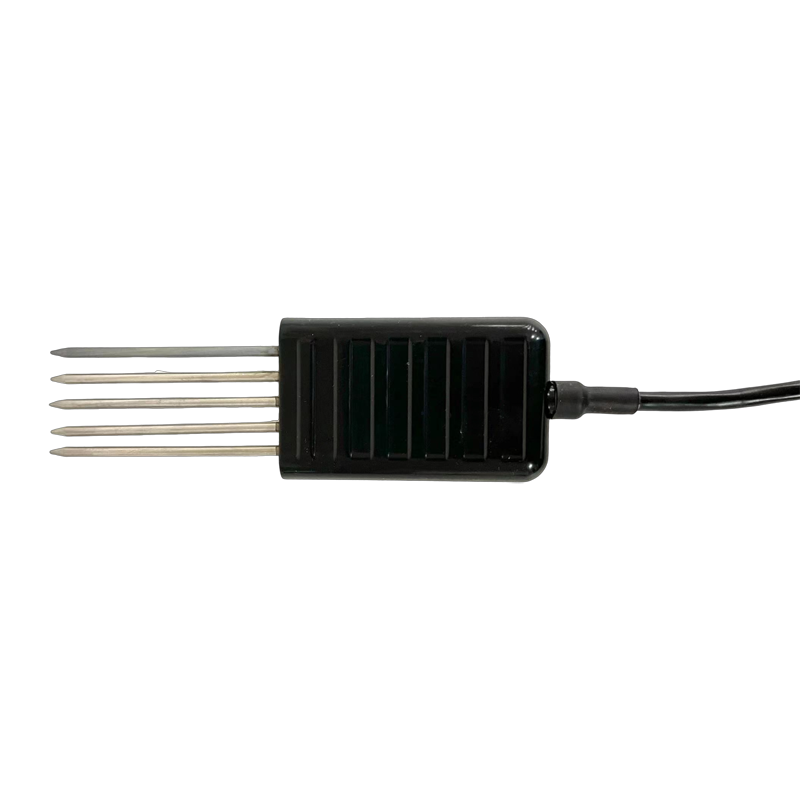 | 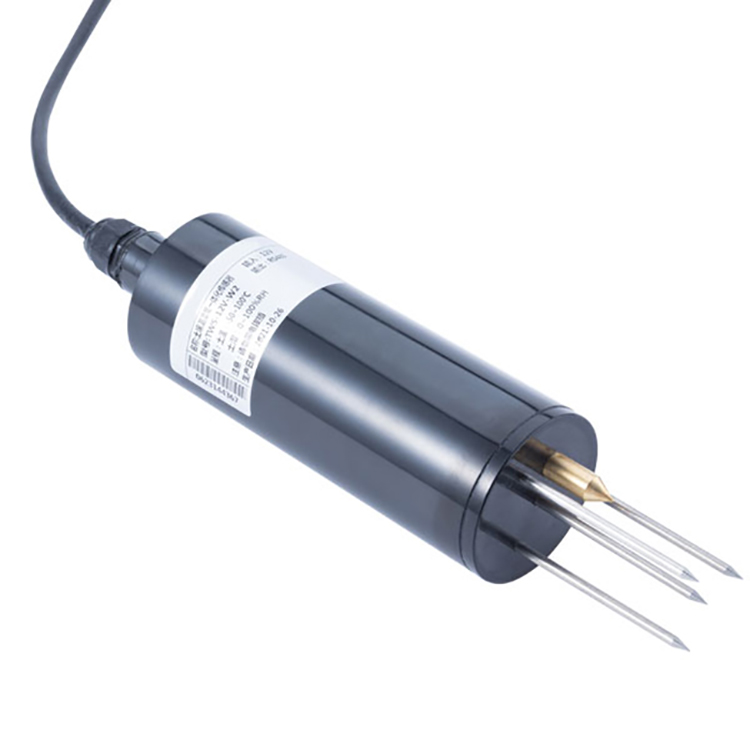 |
| Fruit Growth Sensor | Carbon dioxide(CO2) sensor | 7 in 1 Soil Integrated Sensor | 8 in 1 Integrated Soil Sensor | Soil Moisture Temperature sensor |
A farming weather station is a specialized type of weather monitoring system designed to provide farmers with essential climate data to help them make informed decisions about crop management, irrigation, and other agricultural practices.These stations typically include a variety of sensors to measure key weather variables that can impact crop growth and yield.Here are some of the features and components you might find in a farming weather station:
1.Temperature Sensor: Measures air temperature, which is crucial for understanding growing conditions and plant stress.
2.Humidity Sensor: Detects the moisture content in the air, which affects evaporation rates and plant water needs.
3.Rainfall Gauge: Collects and measures the amount of precipitation received, which is important for irrigation planning and assessing crop water needs.
4.Soil Moisture Sensor: Measures the moisture content in the soil, providing insights into the water status of the crop root zone.
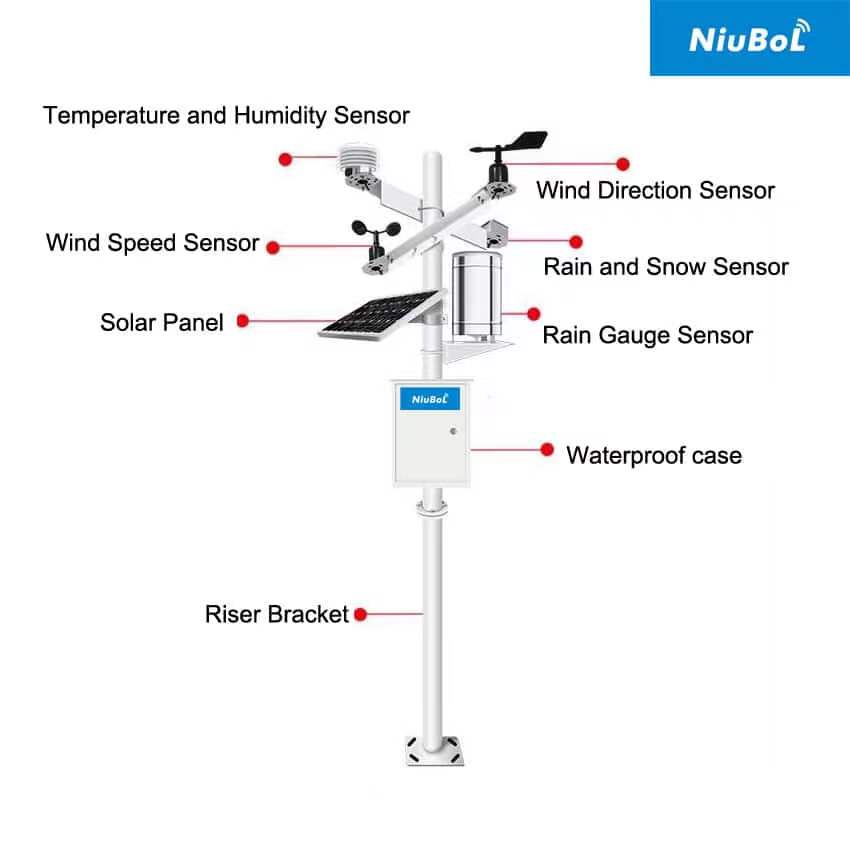
5.Wind Speed and Direction Sensor: Important for calculating evapotranspiration and for managing equipment like wind turbines or sprayers.
6.Solar Radiation Sensor: Measures the intensity of sunlight, which affects photosynthesis and can influence energy balance in the ecosystem.
7.Carbon Dioxide Sensor: Can be used to monitor the concentration of CO2 in the atmosphere, which is relevant for photosynthesis and greenhouse gas emissions.
8.Irrigation Controller: Some weather stations integrate with irrigation systems to control sprinklers based on weather data, such as soil moisture levels, temperature, and rainfall.
9.Data Logger: A device that records and stores the data collected by the sensors.It can often be connected to a computer or the internet for remote access and analysis.
10.Weather Forecasting: Some stations offer the capability to receive weather forecasts, which can help farmers plan for upcoming weather events.
11.Mobile App or Software: Many farming weather stations come with software or mobile apps that allow farmers to view and analyze data from anywhere using their smartphones or computers.
12.Wireless Communication: Modern stations may transmit data wirelessly, either through 4G or 5G cellular networks or Wi-Fi or lorawan, enabling real-time monitoring and alert systems.
Farming weather stations can range from simple, manually-read instruments to complex, automated systems that provide real-time data and analysis. The choice of weather station will depend on the scale of the operation, the specific needs of the crops, and the farmer’s budget. For large-scale commercial farms, more sophisticated systems may be necessary to manage extensive acreage and variable weather conditions. For smaller farms or home gardening, a simpler station might suffice.
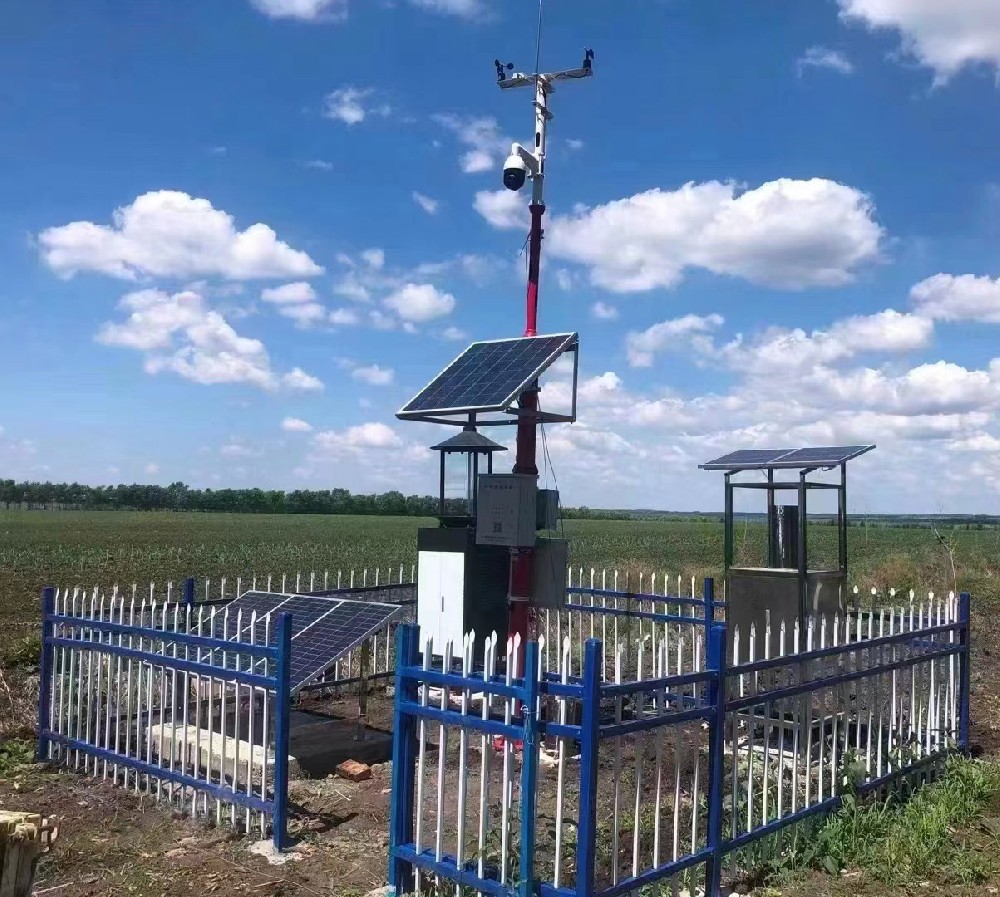
Farming weather station, also known as an agricultural weather station or agro-meteorological station, is specifically designed to monitor weather and environmental conditions relevant to agricultural activities.
1.Crop Monitoring: By continuously monitoring weather conditions, farmers can better understand how environmental factors impact crop growth and development.This information allows them to make informed decisions regarding irrigation, fertilization, pest management, and harvesting.
2.Water Management: Soil moisture sensors integrated into farming weather stations provide valuable data on soil moisture levels, helping farmers optimize irrigation practices to ensure efficient water usage and prevent both overwatering and underwatering of crops.
3.Pest and Disease Control: Certain weather conditions can promote the spread of pests and diseases in agricultural crops.By monitoring weather parameters such as temperature and humidity, farmers can anticipate pest outbreaks and implement timely preventive measures, reducing the need for chemical pesticides and minimizing crop damage.
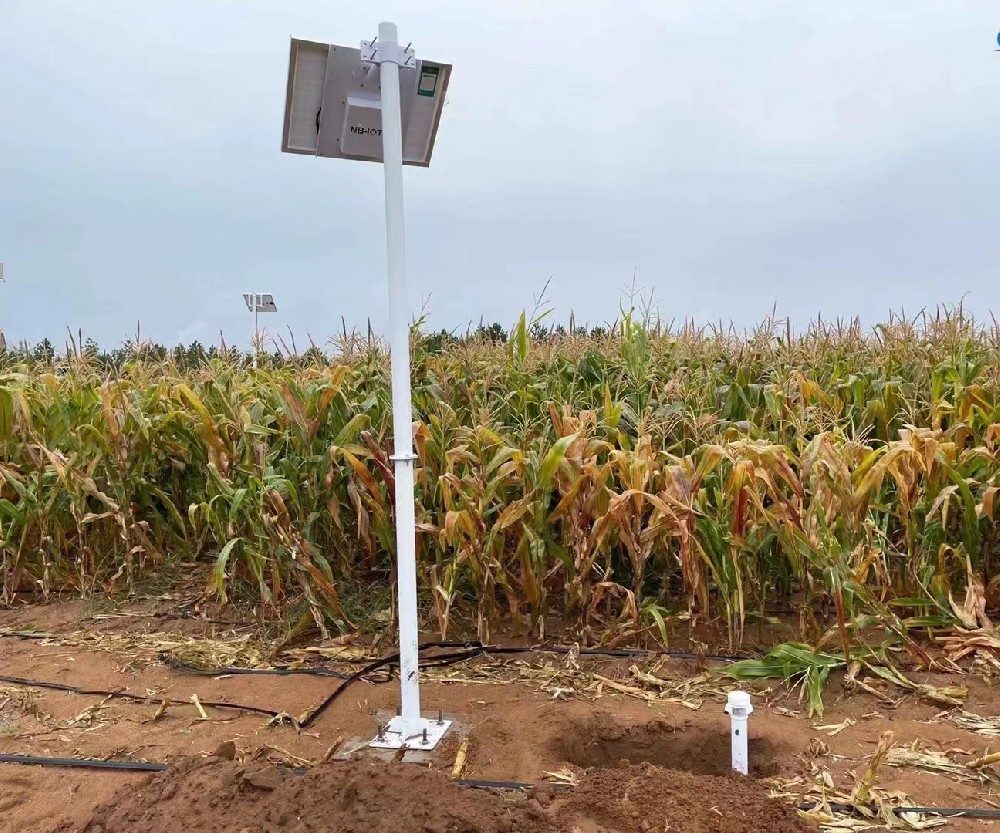
4.Frost Protection: Frost can be devastating to crops, especially during sensitive growth stages.Farming weather stations equipped with temperature sensors and frost alarms can alert farmers to impending frost conditions, allowing them to take protective measures such as covering crops or activating frost prevention systems.
5.Weather Forecasting: Many farming weather stations are equipped with weather forecasting capabilities, providing farmers with accurate short-term and long-term weather forecasts tailored to their specific location.This information helps farmers plan their planting, spraying, and harvesting activities accordingly, maximizing crop yields and minimizing weather-related risks.
6.Data Logging and Analysis: Farming weather stations often feature data logging capabilities, allowing farmers to record and analyze historical weather data over time.By identifying trends and patterns in weather conditions, farmers can make data-driven decisions to optimize farm management practices and improve overall productivity.
7.Remote Monitoring: Some farming weather stations offer remote monitoring capabilities, allowing farmers to access real-time weather data and receive alerts on their smartphones or computers.This enables farmers to monitor weather conditions and make informed decisions even when they are away from the farm.
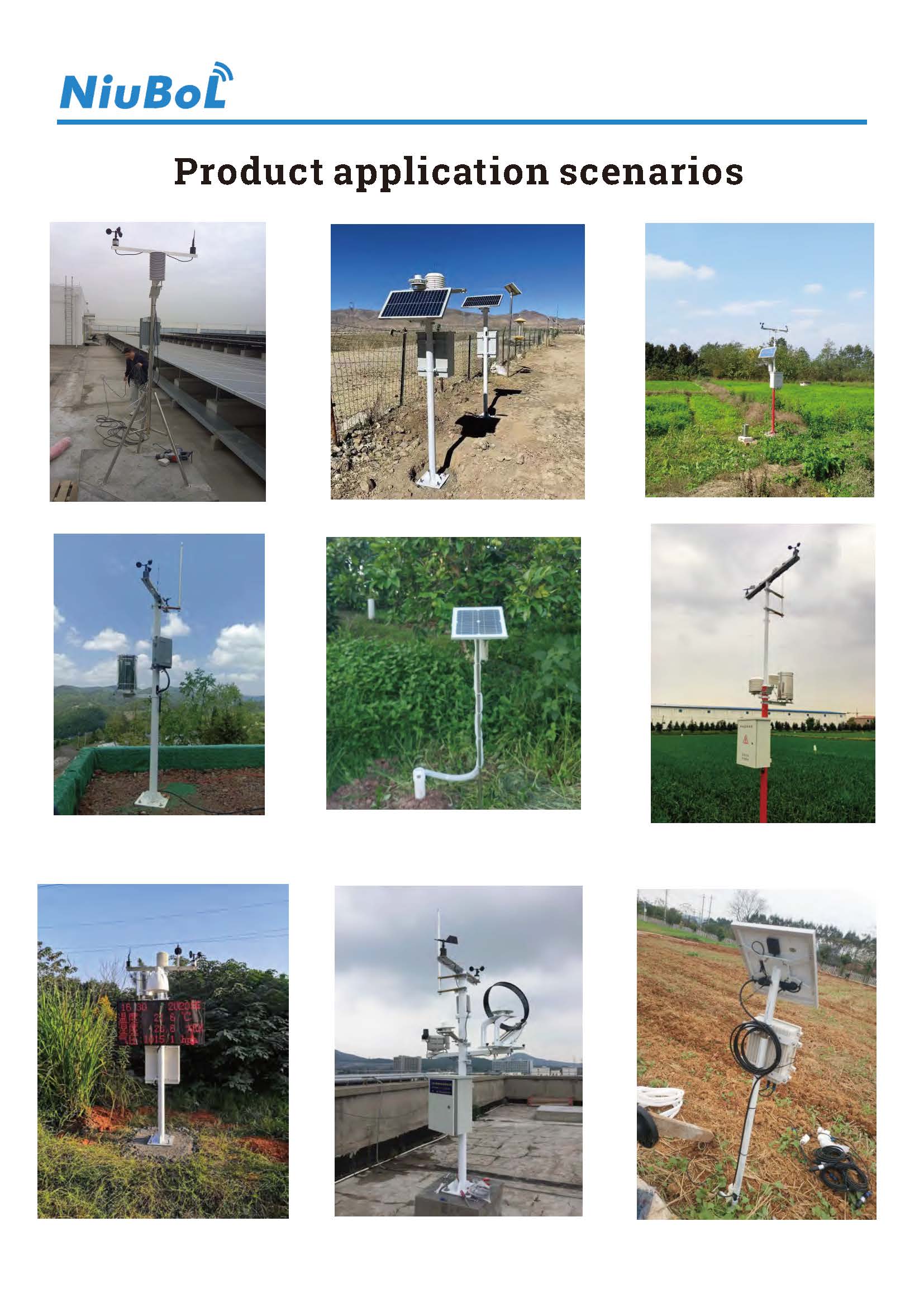
In conclusion, agrometeorological stations have important applications in agricultural production management, disaster prevention, agricultural insurance and research and education to improve the efficiency and quality of agricultural production and reduce risks and losses. It provides accurate and real-time meteorological data service for agricultural production, which is of great significance for improving the efficiency of agricultural production and promoting the sustainable development of agriculture.
Sensors & Weather Stations Catalog
Agriculture Sensors and Weather Stations Catalog-NiuBoL.pdf
Weather Stations Catalog-NiuBoL.pdf
Related recommendations
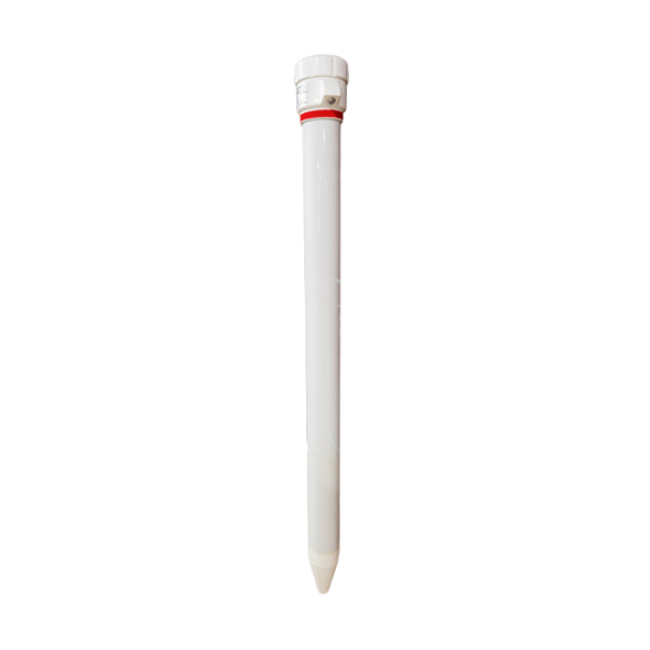 Multi-Depth Soil Sensor RS485
Multi-Depth Soil Sensor RS485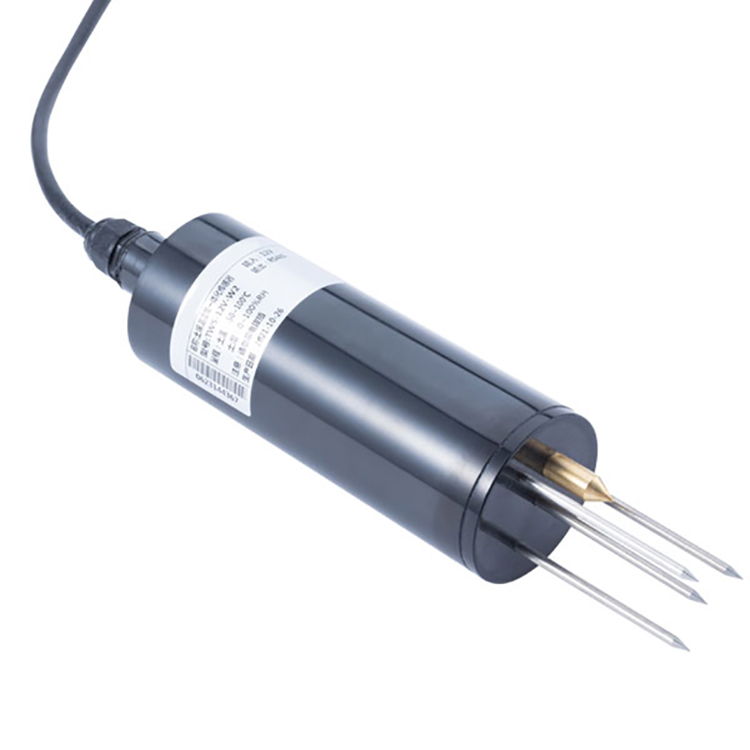 TDR Soil Moisture Sensor
TDR Soil Moisture Sensor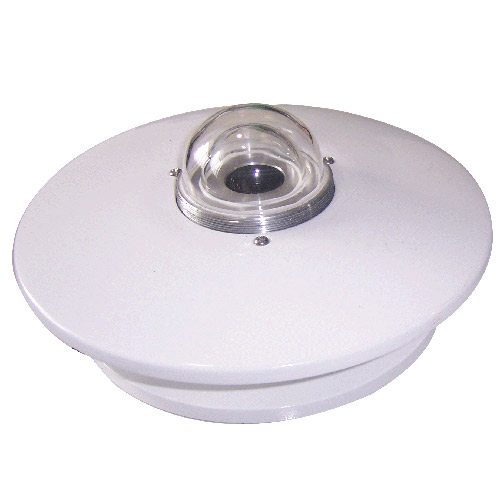 Pyranometer Solar Radiation Sensors
Pyranometer Solar Radiation Sensors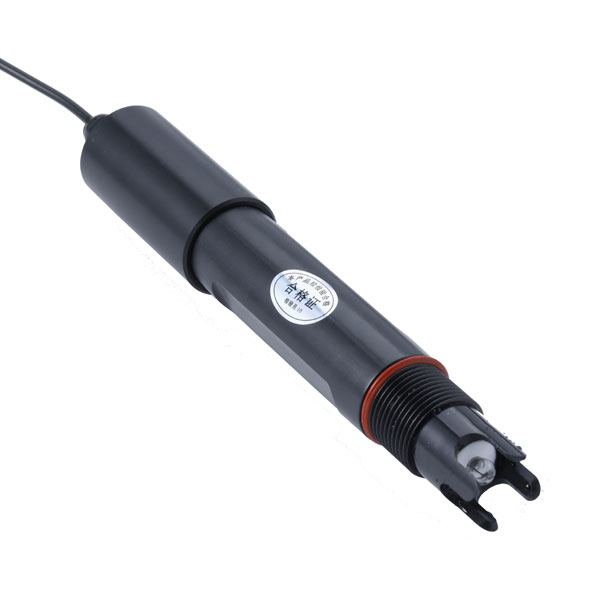 Soil ph sensor
Soil ph sensor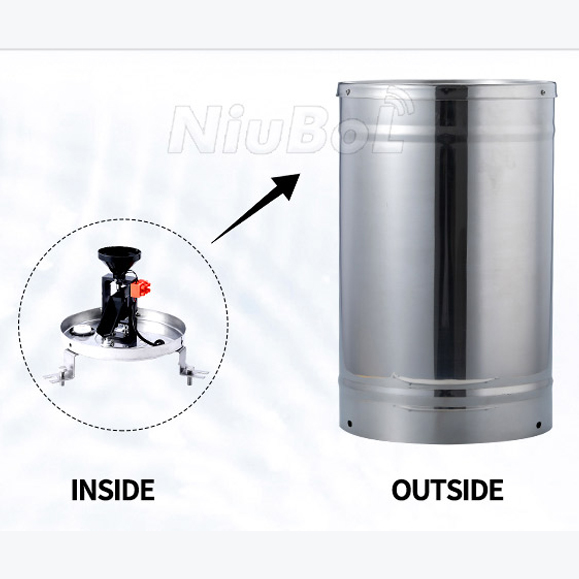 Tipping Bucket Rain Gauge
Tipping Bucket Rain Gauge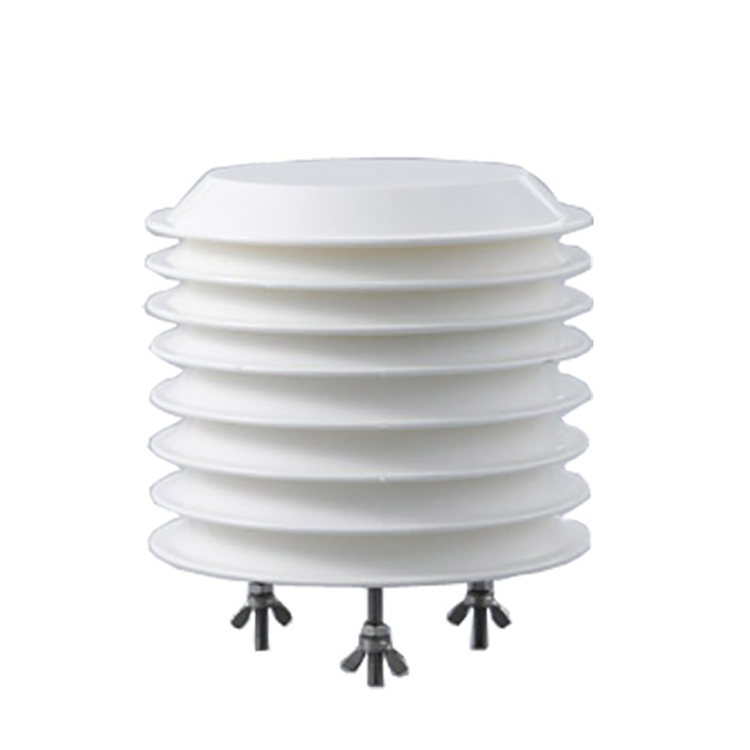 Air Temperature and Humidity Sensor
Air Temperature and Humidity Sensor
Screenshot, WhatsApp to identify the QR code
WhatsApp number:+8615367865107
(Click on WhatsApp to copy and add friends)
